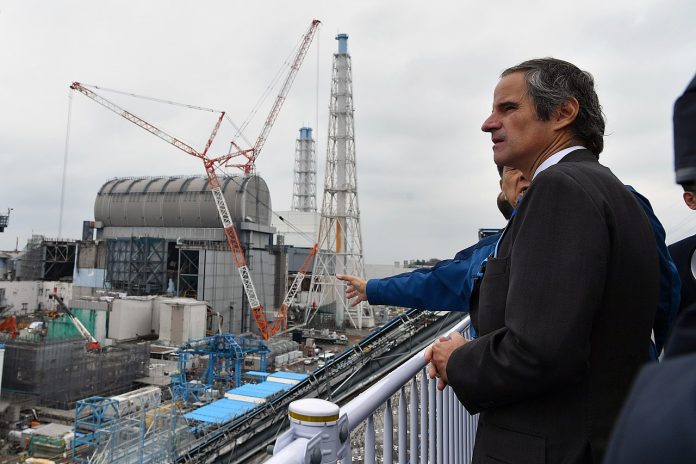A decade after the Fukushima nuclear disaster, ‘dark tourists’ are flocking to the area. But don’t be too quick to disapprove, says anthropologist Annaclaudia Martini: she found that it helps locals heal.
March 11, 2011. A large submarine earthquake of 9.0 on the Richter scale hits the north of Japan. A devastating tsunami follows, and as if that wasn’t enough, the Fukushima nuclear power plant is flooded, leading to a meltdown. The already poor rural region it’s located in is hit hard.
A decade later, many inhabitants have found new jobs in tourism, catering to people who want to see the disaster area with their own eyes. ‘This travel related to disasters or deaths is called “dark tourism”’, Annaclaudia Martini explains.
The anthropologist at the Faculty of Spatial Sciences researched how the people of the village of Rikuzentakata dealt with the aftermath of the disaster and recently published her findings in the journal Social and Cultural Geography.
Vietnam war
Dark tourism hot spots pop up everywhere. ‘Chernobyl is becoming more and more accessible to tourists’, Martini says. ‘But veterans of the Vietnam war have been revisiting Vietnam for decades and public hangings in 19th-century London were well-visited too.’
While ‘dark’ may have a negative connotation, timing is key, she stresses. Take the Colosseum, for example. Most people don’t go there in order to remember those who died within the arena. But Auschwitz is a place of remembrance and introspection, where tourists come to grieve.
Commonplace
Tours to Fukushima have been commonplace for a couple of years now. Tens of thousands of Japanese tourists visit every year, and so do a small number of foreign visitors. Martini went along on these tours and talked to the locals of Rikuzentakata. ‘Japanese people, in general, are not too keen on foreigners’, she explains. ‘So I tried to blend in like a weird tree in the middle of the square: by being very visible all the time, you become invisible.’
She learned that tourism is a necessity for many locals. ‘Just about half of the residents really do not want tourists in their hometown, yet for many others it is essential’, Martini says. ‘Funding for rebuilding stops over time and as other places in the country are hit by earthquakes, the attention is lost.’
Villages are even battling over who gets to be the major tourist town. ‘These are hard-to-visit places’, Martini says. ‘You have to travel for hours by bus and train to get there, and you need to speak Japanese or have an expensive interpreter with you.’
Empathy
Most tourists are driven by empathy, she found: ‘When you see a place being struck by disaster, you wonder what it would be like to be there. What would I do? And afterwards: what’s it like to be in this ghost town?’
Although the idea of dark tourism shocked her at first, she’s changed her mind: tourism is a great tool for healing, she has seen. ‘Both the tour guides and tourists are enriched by the experience. Tour guides can show the rich cultural history of the region by adding in some “dark” touristic details, and the tourists learn to understand their own life better by trying to understand others.’




